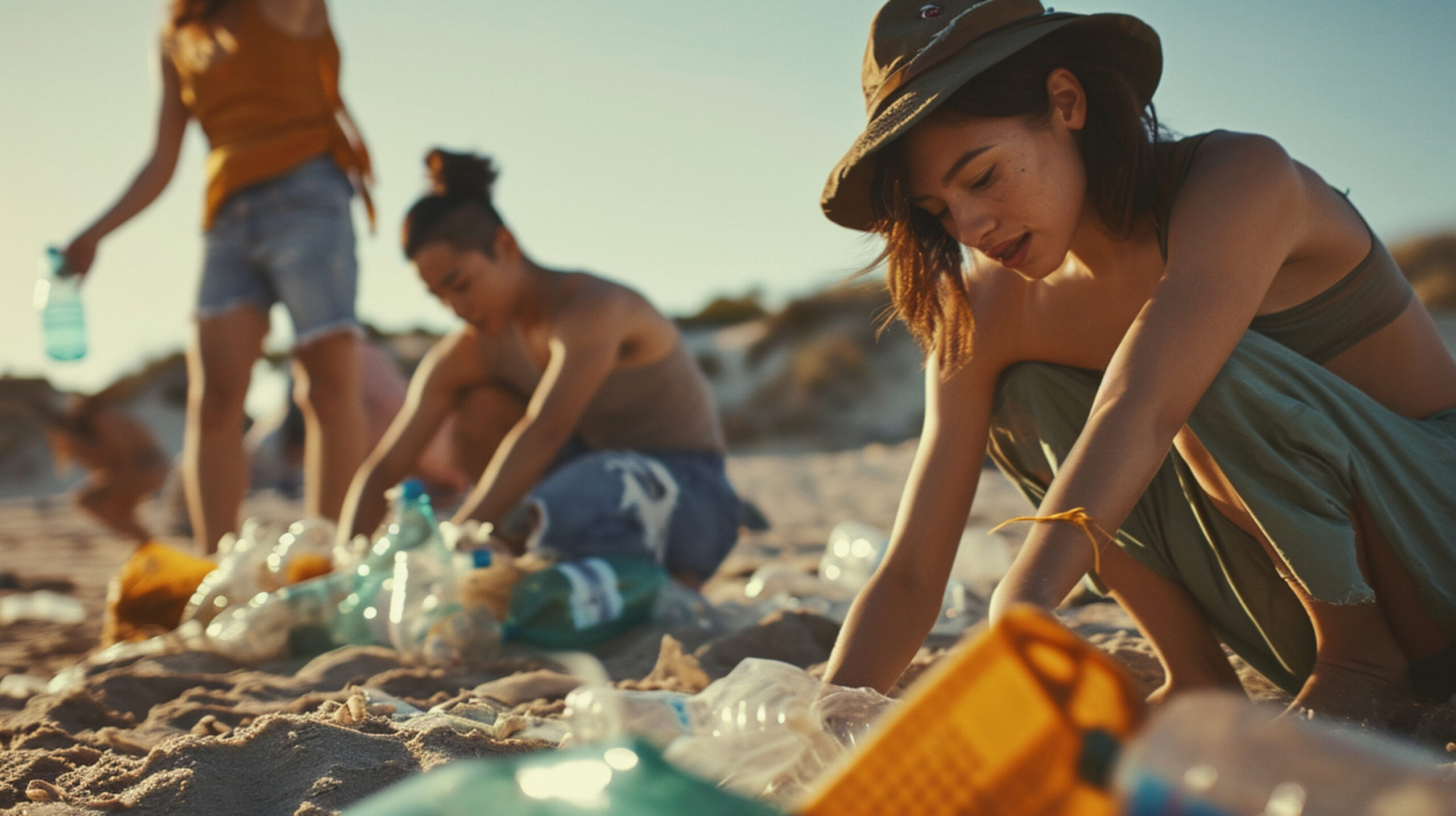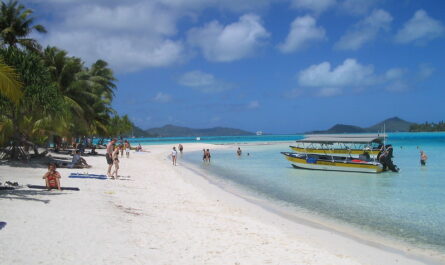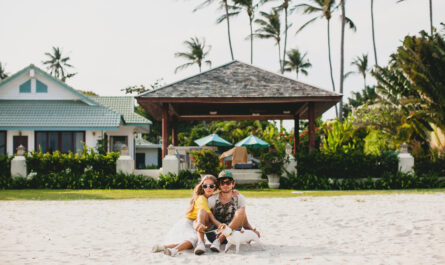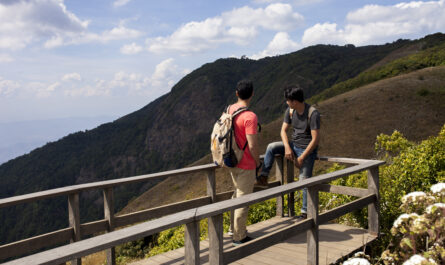The Pacific Islands, with their turquoise waters, lush rainforests, and diverse cultures, are not just a dream destination for travelers—they are also a hub for sustainable and eco-friendly activities. As climate change and environmental degradation continue to threaten these fragile ecosystems, local communities, governments, and environmental organizations are increasingly promoting eco-friendly practices to preserve their natural heritage. This article explores various eco-friendly activities in the Pacific Islands that support conservation efforts, empower local communities, and offer travelers enriching and responsible experiences.
1. Community-Based Ecotourism
Community-based ecotourism is flourishing in many Pacific Island nations. This model allows visitors to engage directly with local communities while contributing to environmental protection and economic development. In Fiji, for example, villages like Dawasamu and Waitabu offer homestays and guided eco-tours that include rainforest hikes, traditional cooking lessons, and marine conservation workshops. These programs ensure that tourism revenue remains within the community and supports local conservation initiatives.
2. Marine Conservation Activities
The Pacific Islands are home to some of the world’s richest marine biodiversity, making marine conservation a critical priority. Visitors can participate in activities that help protect coral reefs and marine life. In Palau, a pioneering leader in marine protection, travelers can join snorkeling or diving tours that include coral monitoring and reef clean-ups. The Palau National Marine Sanctuary, which protects 80% of the country’s maritime territory, offers educational tours that raise awareness about ocean conservation.
Similarly, in the Solomon Islands and Vanuatu, non-profit organizations offer volunteer programs focused on marine conservation. These programs may include sea turtle monitoring, mangrove restoration, and sustainable fishing practices training. Participating in these activities allows travelers to contribute meaningfully to marine preservation.
3. Sustainable Agriculture and Organic Farming Tours
Sustainable agriculture is an integral part of life in many Pacific Island communities. Several islands offer immersive experiences that showcase traditional and modern organic farming techniques. In Samoa, visitors can tour organic farms that grow taro, coconut, and tropical fruits without chemical fertilizers or pesticides. These farms often use permaculture principles that mimic natural ecosystems.
In Hawaii, which although geographically separate but culturally linked to the Pacific Islands, agro-tourism is a thriving industry. Farms welcome tourists to learn about composting, aquaponics, and native plant cultivation. Visitors can even participate in farm-to-table cooking classes, emphasizing local ingredients and sustainability.
4. Renewable Energy Initiatives
Some Pacific Island nations are leading the way in renewable energy adoption. Tours and educational programs centered around clean energy are becoming increasingly popular. Tokelau, a remote island nation, is one of the first in the world to be powered entirely by solar energy. While access to Tokelau is limited, the success of its energy transformation serves as an inspiration for similar initiatives across the region.
In Tonga and the Cook Islands, visitors can tour solar farms and learn about community efforts to reduce dependence on fossil fuels. These activities not only highlight technological innovation but also foster a deeper understanding of the challenges and opportunities in transitioning to sustainable energy.
5. Eco-Lodges and Green Accommodations
Eco-lodges are an excellent way to enjoy the natural beauty of the Pacific Islands responsibly. These accommodations are designed with sustainability in mind, incorporating renewable energy, water conservation, and waste reduction practices. In French Polynesia, several eco-resorts use solar power, offer organic menus, and employ local staff, thereby reducing their environmental footprint and supporting the local economy.
On islands like Rarotonga in the Cook Islands and Taveuni in Fiji, eco-lodges are often situated near nature reserves or marine parks. Guests can participate in conservation activities such as tree planting, bird watching, or beach clean-ups. These experiences provide a unique way to enjoy the islands while making a positive impact.
6. Cultural Preservation and Eco-Crafts
Sustainability in the Pacific Islands is not limited to environmental efforts; it also includes preserving rich cultural traditions. Many communities offer workshops and tours that highlight traditional crafts made from natural, renewable materials. In the Marquesas Islands, for example, artisans create intricate wood carvings and tapa cloth from mulberry bark.
Tourists can take part in hands-on workshops to learn weaving with pandanus leaves, crafting jewelry from shells, or dyeing fabrics with plant-based colors. Purchasing these eco-friendly crafts supports local artisans and helps preserve cultural heritage.
7. Wildlife Watching and Conservation Safaris
The Pacific Islands boast a wide range of endemic wildlife, from colorful birds to sea turtles and dolphins. Eco-friendly wildlife tours provide an opportunity to witness these species in their natural habitats while supporting conservation efforts. In New Caledonia, birdwatching tours focus on rare species like the kagu, a flightless bird found nowhere else in the world.
In Tonga, whale-watching tours offer close encounters with humpback whales, guided by eco-conscious operators who follow strict regulations to protect the animals. Similarly, in the Marshall Islands, conservation groups conduct turtle nesting tours, which help fund habitat protection and community education programs.
8. Forest Restoration and Reforestation Programs
Reforestation is a crucial activity in many deforested or degraded areas of the Pacific Islands. Visitors can join local communities and environmental organizations in planting native trees, helping to restore habitats and combat climate change. In Fiji and Papua New Guinea, reforestation programs engage tourists in planting mangroves and rainforest species.
These initiatives often include educational components about the importance of forest ecosystems, biodiversity, and climate resilience. Participating in tree-planting not only contributes to the environment but also fosters a lasting connection with the land.
9. Zero-Waste and Plastic-Free Campaigns
Plastic pollution is a growing concern in many Pacific Island nations. As part of broader sustainability efforts, several islands have launched zero-waste campaigns and plastic-free initiatives. Tourists can support these movements by bringing reusable water bottles, shopping bags, and refusing single-use plastics.
Local businesses and community groups often organize beach clean-up events, where visitors can help remove litter from shorelines and learn about the impacts of plastic on marine life. In countries like Vanuatu, which was among the first to ban plastic straws and bags, these efforts are central to national environmental policies.
Conclusion
Eco-friendly activities in the Pacific Islands are as diverse and vibrant as the islands themselves. From marine conservation to cultural preservation, these initiatives provide travelers with meaningful ways to explore and protect these unique environments. By choosing sustainable tourism options, visitors not only enrich their own travel experiences but also contribute to the long-term wellbeing of the Pacific Islands and their people. In an era of environmental urgency, the Pacific Islands offer a powerful example of how tourism and sustainability can go hand in hand.
Whether planting a tree in Fiji, diving in Palau, or learning to weave in Samoa, every eco-friendly activity adds a thread to the tapestry of a more sustainable future for this breathtaking region.



